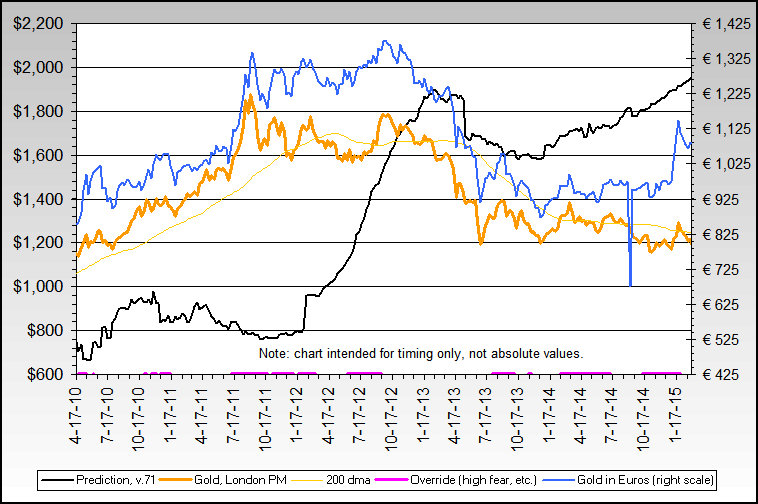today i noted a reference to the possibility of deflation in a somewhat mainstream source: minyanville. [i know it's not the ny times or cnbc, but it's not mish's blog either]. so i'd like to suggest we accumulate such references as a way of measuring fear of deflation, i.e. ka.
http://www.minyanville.com/articles/index.php?a=13699
5. The Big Payback Get ready for the Big Payback.
http://www.minyanville.com/articles/index.php?a=13699
5. The Big Payback Get ready for the Big Payback.
- Last week's credit crunch (Wow, last week! Has it been so long already?) has set off a worldwide rush for dollars as banks and fund managers scramble to pay back loans used to buy risky mortgage securities, Bloomberg says.
- After a five-year decline that saw the U.S. currency reach its lowest level in a decade, it has rallied 1.4% against the euro and 1.2% against the pound in the last three trading days, Bloomberg noted.
- Now, isn't the economy in the U.S., led by housing, slowing? And aren't the Fed, and central banks around the world, injecting liquidity? So shouldn't that pressure the dollar?
- Get ready for what the late James Brown referred to as the Big Payback.

- "I may not know karate, but I know KA-RAZY!!! Yes we do," Brown stated.
- There are a some things to keep in mind about the dollar under these circumstances.
- First, increased risk aversion (that is, after all, what we are seeing: banks, lenders becoming risk averse, refusing to lend money under previous credit terms) actually creates incentives to save and postpone spending if those who have been borrowing to leverage assets believe those assets will be lower and purchasing power greater in the future.
- This pattern can be self-reinforcing, which is what the Fed fears the most.
- A deflationary credit unwind worsens repayment burdens for borrowers, precisely for the reasons Bloomberg's article noted, because the burden of repaying debt increases with deflation, and the dollar - because borrowers who want to repay their debts must accumulate more of them in order to do so - moves higher.
- Debts remain fixed in dollar terms, if you borrow $3 billion, for example, you still owe $3 billion, but the cost of that $3 billion in dollar terms is now higher.
- But can't the Fed cut rates? Well that's the problem.
- As former Federal Reserve Chairman Alan Greenspan explained in a 2002 speech, the lower bound on interest rates - the Fed can only cut rates to zero - means that even if debtors are able to refinance loans at a zero nominal interest rate, real rates will likely be still rising (after all, that's exactly what happens when the dollar begins to appreciate due to risk aversion and the big payback) and this can cause their balance sheets to actually deteriorate further even as they are trying to pay back debt.
- This cycle of risk aversion and decreased time preferences is already playing out in real time.
- See, for example, Sallie Mae (SLM) facing the fact that investors have suddenly gotten cold feet about their $25.3 billion takeover.
- Risk aversion, decreased time preferences.

Comment